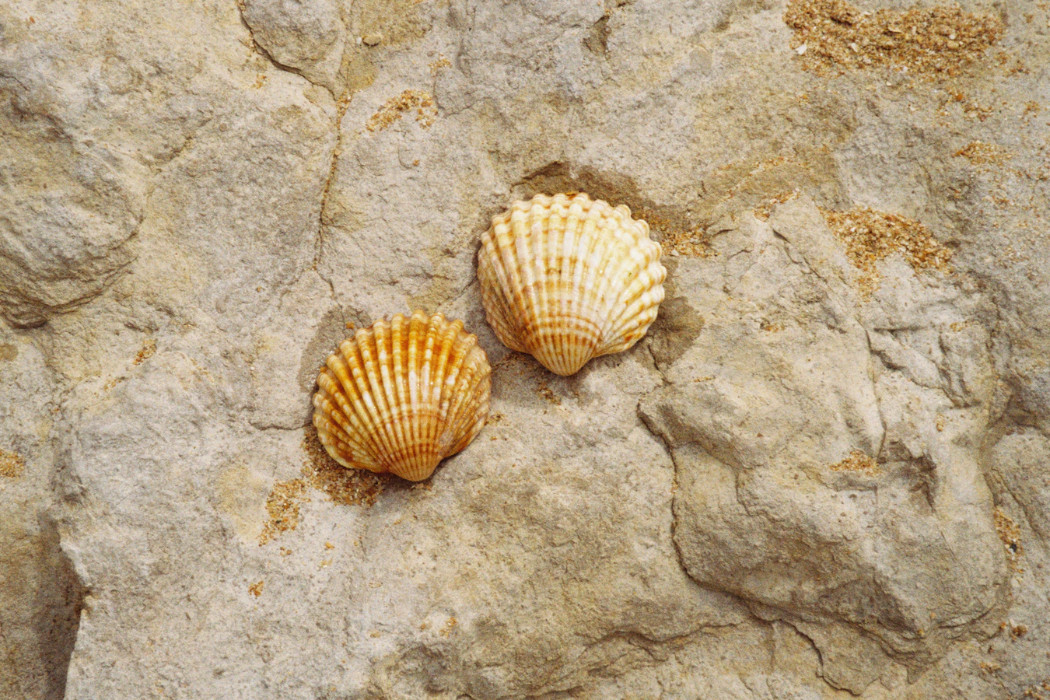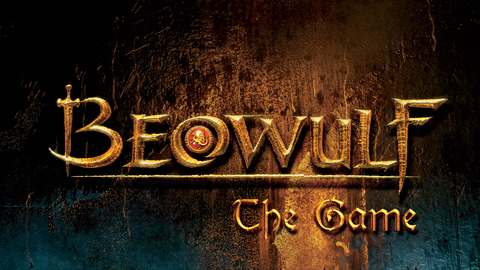Passage to India is a prime example of Whitman’s transcendentalism and realism themes in his poems. It is wholly written in free verse and is considered one of his finest works.
Passage to India: About the Poet
Born in 1819 in Long Island, Walt Whitman was the second child of nine. When he began writing his poems, there was coming a transition between transcendentalism and realism, and as a result, both of these themes appear in many of his works. He published his major work, Leaves of Grass, in the year 1855. Considered obscene by many, this piece of work was controversial upon its release. Whitman’s poetry is mostly in free verse, and he is often called the father of the form. A humanist, author, and poet, Whitman died in 1892 at the age of 72 in Camden, New Jersey.
Passage to India: Setting
The title suggests that the setting may be a bee poem, maybe India. But it isn’t. India is but a metaphor. The poem is set throughout time. From the beginning of time to ancient history, to modern wonders, and to the unexplored future, the poem covers and traverses it all.
Passage to India: Poetic Devices
The poetic devices in this poem are too many and too scattered and varied in frequency. So only some instances of their appearance can be listed.
Free Verse:
The whole poem is written in free verse. It has neither rhyme nor rhythm.
Oxymoron:
In section 1, the speaker sings of strong, light works. Strong makes us think of something heavy and bulky. But in contradiction, it is actually light. Adjoining contradictory terms is an oxymoron.
Repetition:
There is a lot of repetition in this poem. In the first section itself, the words ‘singing’ and ‘The Past!’ are repeated numerous times. In section 2, ‘you’ and in section 3, ‘you’ and ‘your’ are repeated multiple times. Repetitions pop out continuously as one goes through the whole poem.
Apostrophe:
Letters are skipped in many words. In the first section, letters from the words ‘spanned,’ ‘unfathomed,’ ‘formed,’ ‘impelled,’ and ‘formed’ are skipped using an apostrophe—this many in the first section itself. As you read on, you will find much more such apostrophes.
Personification:
In the first section, the speaker starts a sound, a cry, along with the soul, implying that the soul was making that sound, too, giving it human characteristics. This here is personification.
Alliteration:
In section 2, the speaker uses the sentence
‘ the deep diving bibles and legends;
the daring plots…. ‘
The repeated use of the letter ‘d’ makes this an alliteration. Many such alliterations are seen throughout the poem, like ‘red roses,’ ‘become brothers,’ ‘trade or transportation,’ etc.
Imagery:
Imagery is seen in section 2, used to describe the temples and the towers, and then again in section 4.
Metaphor:
The passage to India in the poem does not really mean a passage in some cases. India is a land of many cultures and ancient history. Passage to India means a journey to the past in these cases. India is but a metaphor for the past.
Enjambment:
Lines of verse continuing to the next line are seen in section 4 and section 5 and many other sections of the poem.
Simile:
The deaths of sailors rain over the mood of the speaker, like the clouds that spread in the sky, says the speaker in section 5.
Passage to India: Summary and Analysis
Section 1: The speaker of the poem is singing of the great achievements of the present. He praises the engineers for their strong yet light work. He says the present wonders outdo the ancient wonders. He honours the mighty railroads, the wires laid through the sea, and the Suez Canal. But then he cries out, along with a soul, about the past.
He then speaks of the past in great detail. He calls it an abyss of shadows and sleepers, dark and unfathomable. The past has infinite greatness. The present is but an outgrowth of the past. In this section 1 alone, we see multiple poetic devices like free verse, personification, and apostrophe.
Section 2: The speaker then tells the soul to travel to India to explain the myths and fables surrounding it. The speaker says that he welcomes these myths and fables the same way he welcomes the proud truths of the world and facts of modern science. He describes them as beams of light, as unloosened dreams. He uses some imagery to describe the temples and towers. We see before us fair temples, with the rising sun behind, pouring flights of lights, making it a dazzling site. We see red and gold towers. He says these fables are made immortal by the mortal’s (human’s) dreams.
Section 3: The speaker asks if the soul did not see through God’s purpose from the beginning. The Earth exists to be spanned and connected by networks; people are meant to become brothers and sisters; marriages are meant to be diverse; the oceans exist to be crossed, and the distances exist to be overcome. And all this is already seen in India, a land of unified diversity.
The speaker starts new worship to all the voyagers, explorers, engineers, and machinists. They do not just trade and transport but connect for the sake of Souls.
Section 4: The speaker sees two tableaus, two paintings in which he sees two outstanding modern achievements, and again, these are all for the soul. In the first one, he sees Suez Canal, newly opened, with steamships passing through it led by Empress Eugenie. Empress Eugenie was the wife of Napoleon III and the last Empress Consort of the French. The speaker now imagines himself in that tableau, on the deck of a ship, seeing the landscape, the sky, and the sand. He passes the workmen and machines.
In the second tableau, he sees a different picture. Yet, it was the same as it belonged to the soul. In it, he sees the Pacific Railroad breaking every barrier. He then goes on at great length to describe all he says when he’s on that train. He covers a vast number of places over a wide, wide range of land. He means to say that all these places, so far away from each other, are now so close and connected. The road connects the western and the eastern sea and acts as the road between Europe and Asia.
Genoa is an important port in Italy. Its people are called Genoese. The Genoese dreamt of connecting places across seas, and now, it has become a reality.
Section 5: The passage, the journey isn’t easy. Captains struggle, and sailors die over the journey. These deaths rain over the mood of the speaker like the clouds which spread above in the sky.
But like the rivulets sink down only to rise again, throughout history, the plans, the voyages, and the expeditions are made again and again. It is by this process that lands are found, and nations are AnAnrn. The example of America is given here, a land found by Columbus on such an expedition. Such expeditions bust myths and find facts like the Earth is round and not hemispherical.
Section 6: The speaker now speaks of the Earth. He calls it a vast round object covered with power and beauty. He then goes on to speak of all that Earth covers and has, like trees, mountains, and water. He says these are all with some unknown intention, and the speaker’s thoughts spread across the Earth now.
He speaks of Adam and Eve and their descendants and of their questioning, feverish hearts. What is all this questioning for, you unsatisfied souls, and where are you taking us, you mocking Life, the speaker asks.
And the Earth is described as cold, without affection, as it does not answer the questions the speaker says to the soul, man. Yet the intent of the human is the soul. And when everything is connected, when the inventors, engineers, and captains all complete their journeys, there will descend the poet, the Son of God, and he will join everything, nature, and man both so that no soul ever be feverish. All their curiosities are soother, their questions answered.
Section 7: The speaker sees that day coming when all the continents are joined, all the oceans merged, and all the climates united. This unification is unlike that of a mere Doge of Venice and Adriatic, the speaker says. Doges are elected officials in Venice. One of their ceremonial duties is to celebrate the symbolic marriage of Venice with the sea, Adriatic. The unification of all that is on Earth is grander than this ceremony, which is grand in itself, making the merger of the speaker grander. The lands are likened to a bride and bridegroom holding a garland festival.
Section 8: The speaker returns to the passage to India now. He speaks of the Caucasus, the region at the border of Europe and Asia, and the river Euphrates, implying that he is drawing closer to India.
He speaks of India, in retrospection, as the most populous and wealthiest of Earth’s lands. He then goes on to describe its geography, its history, and religion in great detail. India is the land of many diverse occupations and origins. There is much to do there; maps to be expanded, blanks to be filled, doubts to be solved. Never is anyone found to rest. The speaker says that the soul will find itself right at home in this place.
Section 9: In this section, the poet returns to his home, America. He speaks of the year 1492, in which America was discovered. The Admiral mentioned here is Columbus, and his situation and plight are described in great detail here. His journey started with the great fame he got in discovering new lands, how he faced misfortunes (due to his differences with the Spanish crown and its colonial administrators), and how he lost everything he gained and died in poverty and dejection.
The speaker ends the section by noting the efforts of the heroes. Though they are slandered when alive, and face conspired poverty and abrupt death, their stories will always be passed on. And after sufficient time passes on, their stories grow again and fill the Earth with knowledge and inspiration. ‘Use’ and ‘beauty’ are used as symbols for knowledge and inspiration in this section.
Section 10: The speaker now turns to ancient times when thought was new, Bible was still in creation, and wisdom was just born. The speaker imagines himself and the soul journeying on this Earth together, going in a complete circle. They go to the time when everything was fair and creation was new.
Section 11: The speaker cannot wait any longer after he thinks of all of this. He tells the soul they should immediately take a ship and happily go out on the vast seas. They should take this journey fearlessly, singing songs of God and thinking of their pleasant exploration. ‘Though others weep for any reason, we shall be a soul; let us be happy, soul,’ says the speaker.
The soul pleases the speaker, and the speaker satisfies the soul. They both go on their journey through space, time, and death. They explore all the places on Earth. At the beginning of the journey, the speaker shrivels at the thought of God and Nature and at their transcendentalness. But he believes the soul will bridge this gap. At the end of the journey, when they see all and experience it, and when they finally go before God, it will be like meeting an elder brother. The meeting would be filled with friendship and love, nothing to shrivel at anymore.
Section 12: Now, the speaker is ready to journey beyond India. He asks the souls if it was ready to go on greater journeys, venture into the unknown, ‘aged enigmas,’ and ‘strangling problems’ with the skeletons all around them.
The speaker means that no one reached them before and that all those who tried to die before could reach them.
The whole poem is one body of massive metaphorical verse.
Section 13: The speaker is now ready to let go of the past. As said in the beginning, India is but a metaphor for the past. And now the speaker is ready to go beyond knowing that is known, to go beyond the books into the unknown.
The speaker is with the soul, and the soul with him, and together, they will venture only into the deepest of waters. No more mere lives of brutes; the blood of the speaker has awakened, boiling. He will risk the ship, himself, and everything to go to that unknown. The soul is brave, so is he, and they will sail farther and farther from the known, from safety, but they will be happy since all the seas are but seas of God.
The long poem ends with the sentence, ‘O farther, farther, farther sail!’ The repetition tells the reader that the speaker and the soul are now on a journey to unreached places.
Passage to India: Central Idea
The central idea of the poem is to take one on a path of the past, of adventure, of reality, and ultimately to God.
Passage to India: Tone
The tone of the poem varies, but it always maintains a trace of wonder. It is hopeful at times, dejected in others, hopeful at some, taking hope away in others. But in the end, all of this is replaced by a sense of exploration and a tone of hope and adventure.
Whitman takes the reader on a factual and spiritual journey in this long piece of verse; he leads one to the past, the present, and the future and shows us a way to God. He also shows the true greatness of exploration using actual places and events and telling them in a beautiful verse.
Updated on 17th April 2023 by Anjali Roongta
Some online learning platforms provide certifications, while others are designed to simply grow your skills in your personal and professional life. Including Masterclass and Coursera, here are our recommendations for the best online learning platforms you can sign up for today.
The 7 Best Online Learning Platforms of 2022
- Best Overall: Coursera
- Best for Niche Topics: Udemy
- Best for Creative Fields: Skillshare
- Best for Celebrity Lessons: MasterClass
- Best for STEM: EdX
- Best for Career Building: Udacity
- Best for Data Learning: Pluralsight
















